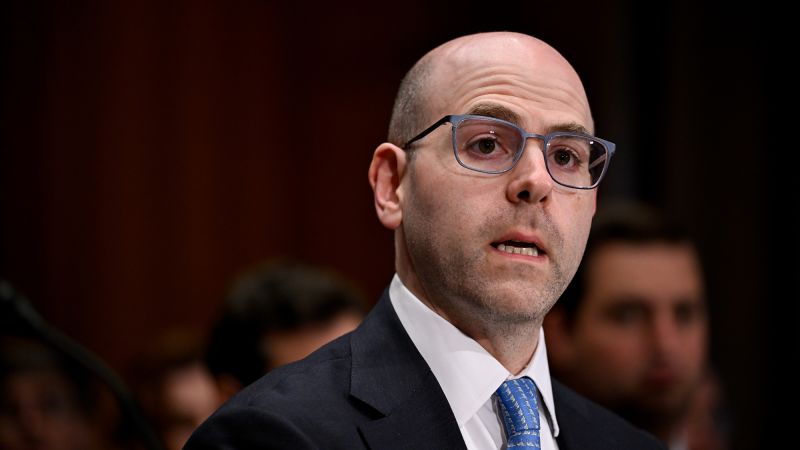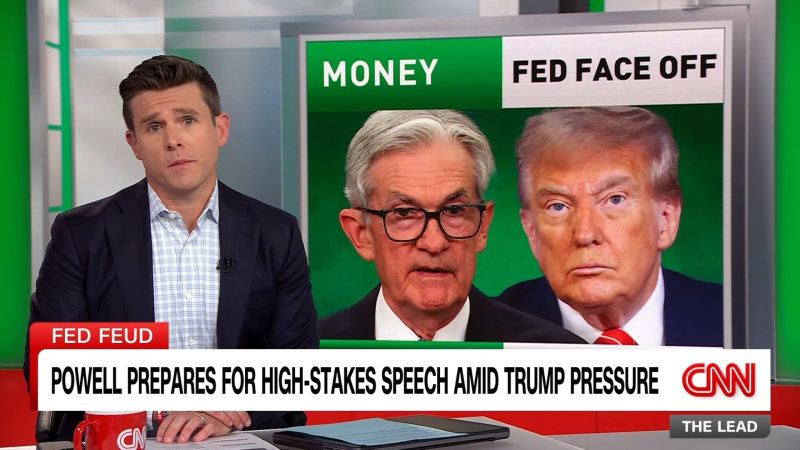
Federal Reserve Governor Addresses Tariffs and Inflation Concerns
Opinion | 9/19/2025
Newly appointed Federal Reserve Governor Stephen Miran made his first public address as a monetary policymaker, stating that tariffs imposed by President Donald Trump have not led to significant inflationary pressures. Miran emphasized the need for prompt interest rate cuts to safeguard the American labor market from potential deterioration. In his address on Friday, he addressed the impact of tariffs on inflation, dismissing claims of ‘material inflation’ resulting from these trade policies.
Miran’s remarks come at a time of ongoing debate regarding the economic implications of tariffs imposed by the current administration. While some have expressed concerns about the potential inflationary effects of these tariffs, Miran’s assertion challenges these notions, advocating for a different approach to monetary policy in response to the trade measures in place.
The issue of tariffs and their impact on inflation has been a subject of contention among policymakers and economists. Miran’s stance provides a contrasting view to those who argue that tariffs could contribute to rising inflation levels. His call for swift interest rate cuts reflects a proactive stance aimed at mitigating any adverse effects on the labor market.
As the Federal Reserve navigates the complex landscape of trade policy and its economic ramifications, Miran’s perspective introduces a nuanced dimension to the ongoing discourse. His position underscores the importance of carefully evaluating the relationship between tariffs, inflation, and monetary policy to ensure a balanced approach to economic management in the current environment.
In response to Miran’s comments, market analysts and experts are closely monitoring developments to gauge potential shifts in the Federal Reserve’s stance on interest rates and its implications for the broader economy. The intersection of trade policy, inflation dynamics, and monetary policy remains a focal point for policymakers and market participants alike as they assess the path forward in navigating these interconnected factors.


